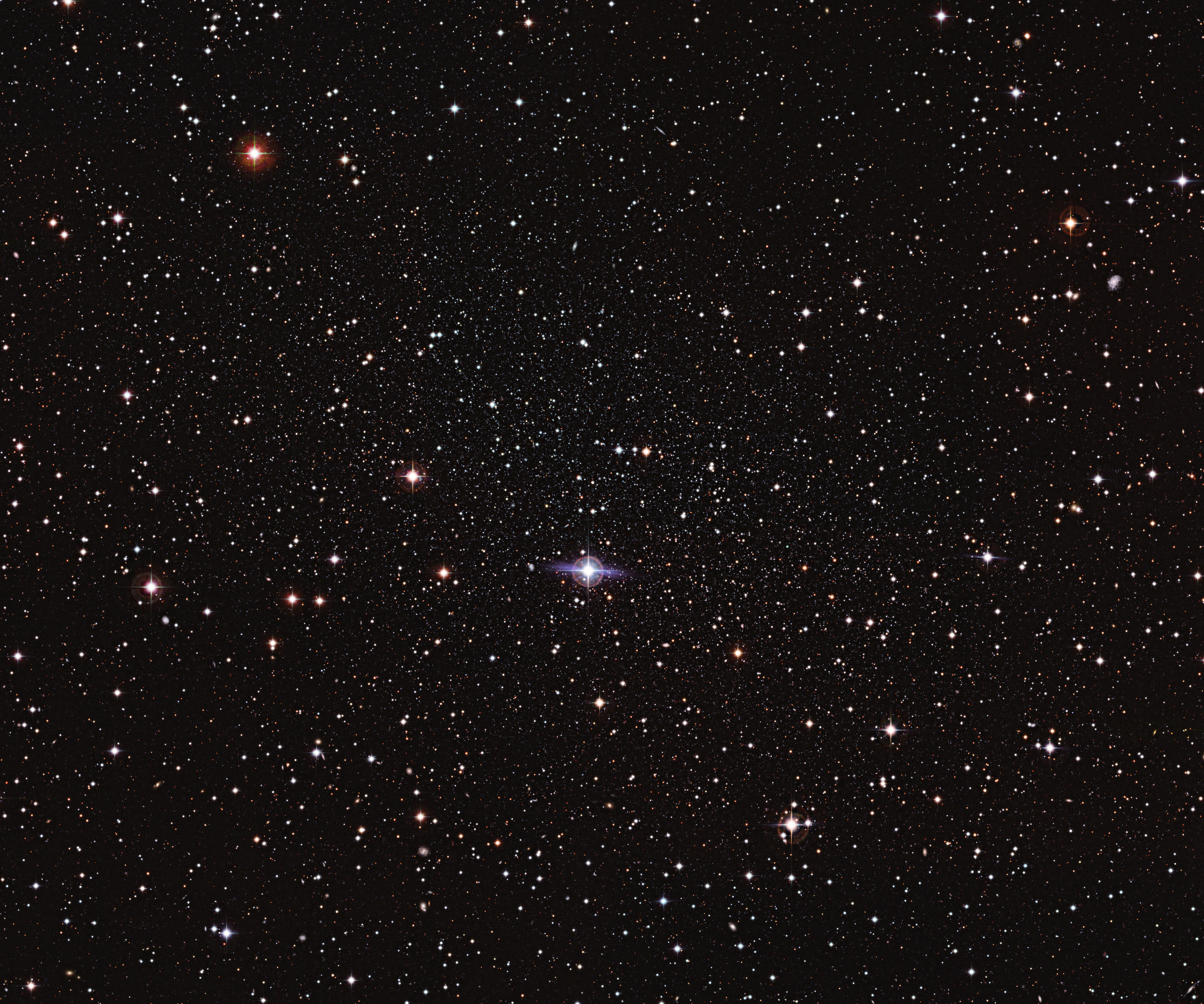Please login in order to download photos in full size
If you are not registered, please register for free: www.Free-Photos.biz/register
Please note to download premium images you also need to join as a free member..
You can also save the photos without the registration - but only in small and average sizes, and some of them will have the site's watermark. Please simply click your right mouse button and save the image.
Please login in order to like photos
If you are not registered, please register for free:
Sorry, non-members can download up to 1100 full-size photos per month.
It looks like you have used up your limit.
Free members can download an unlimited number of full-size photos - including the premium free photos.
Join as a member today for FREE! - and download the images without limitations:
www.Free-Photos.biz/membership.php
You can also save the images without the membership - but only in small and average sizes, and some of them may have the site's watermark. Please simply click your right mouse button and save the image.

|
This is a premium free photo
This photo was viewed 4 times and was downloaded in full size 3 times.
This photo was liked 0 times
Source page: |
http://commons.wikimedia.org/wiki/File:Carina_Dwarf_Galaxy.jpg |
|---|
Summary
| Description |
English: It’s one of the closest galaxies to Earth, but the Carina Dwarf Galaxy is so dim and diffuse that astronomers only discovered it in the 1970s. A companion galaxy of the Milky Way, this ball of stars shares features with both globular star clusters and much larger galaxies.
Astronomers believe that dwarf spheroidal galaxies like the Carina Dwarf are very common in the Universe, but they are extremely difficult to observe. Their faintness and low star density mean that it is easy to simply see right through them. In this image, the Carina Dwarf appears as many faint stars scattered across most of the central part of the picture. It is hard to tell apart stars from the dwarf galaxy, foreground stars within the Milky Way and even faraway galaxies that poke through the gaps: the Carina Dwarf is a master of cosmic camouflage. The Carina Dwarf’s stars show an unusual spread of ages. They appear to have formed in a series of bursts, with quiet periods lasting several billion years in between them. It lies around 300 000 light-years from Earth, which places it further away than the Magellanic Clouds (the nearest galaxies to the Milky Way), but significantly closer to us than the Andromeda Galaxy, the closest spiral galaxy. So, despite being small for a galaxy, its proximity to Earth means that the Carina Dwarf appears quite large in the sky, just under half the size of the full Moon — albeit very much fainter. This makes it fit comfortably within the field of view of ESO’s Wide Field Imager, an instrument designed for making observations of large parts of the sky. Although this image in itself is not so striking, it is likely the best image of the Carina Dwarf Galaxy to date. The image was made using observations from the Wide Field Imager on the MPG/ESO 2.2-metre telescope at La Silla, and from the Victor M. Blanco 4-metre telescope at the Cerro Tololo Inter-American Observatory. |
| Date | |
| Source | https://www.eso.org/public/images/potw1126a/ |
| Author | ESO/G. Bono & CTIO |
Licensing
| This file is licensed under the Creative Commons Attribution 3.0 Unported license. | ||
|
Creative Commons Attribution 3.0 Unported
| EXIF data: | |
| File name | carina_dwarf_galaxy.jpg |
|---|---|
| Size, Mbytes | 5.775025390625 |
| Mime type | image/jpeg |
While the copyright and licensing information supplied for each photo is believed to be accurate, Free-Photos.biz does not provide any warranty regarding the copyright status or correctness of licensing terms. If you decide to reuse the images from Free-Photos.biz, you should verify the copyright status of each image just as you would when obtaining images from other sources.
The use of depictions of living or deceased persons may be restricted in some jurisdictions by laws regarding personality rights. Such images are exhibited at Free-Photos.biz as works of art that serve higher artistic interests.
PRIVACY POLICY
By registering your account and/or by subscribing to new and newly rated photographs you agree we may send you the links to photos and we may occasionally share other information with you.
We do NOT disclose your personal data.



